Borghese Gallery in Rome
The Galleria Borghese is a museum in Rome, Italy, housed in the former Villa Borghese Pinciana. The building was built by the architect Flaminio Ponzio, developing sketches by Scipione Borghese himself, who used it as a country house on his Roman estate.
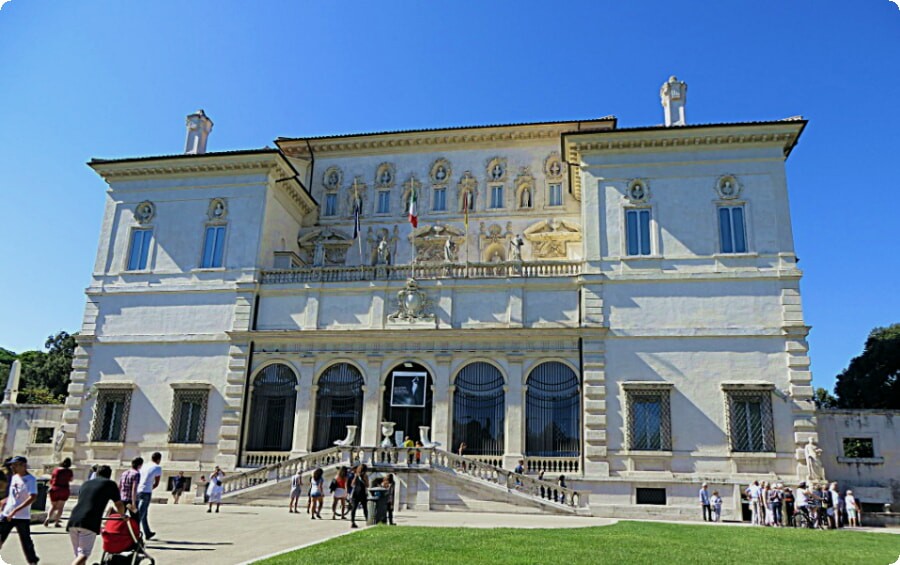
The Galleria Borghese
The Galleria Borghese houses a substantial part of the private art collection of Cardinal Scipione Borghese, who began building his collection in 1605 and eventually amassed some 1640 paintings (of which more than 100 can be seen today), 500 sculptures and 1000 antiquities.
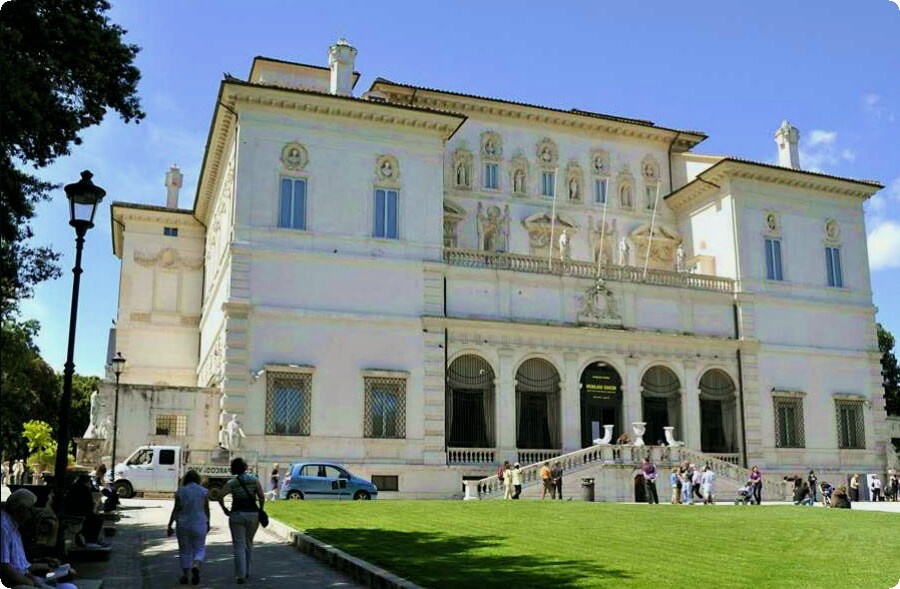
It has long been one of Rome's most popular tourist sites; however its opening hours have been much reduced since 2007 as it undergoes renovation work. It will reopen on 1 March 2020 as part of an extensive renovation campaign costing $25 million that includes restoration of key works including Titian's Sacred and Profane Love.
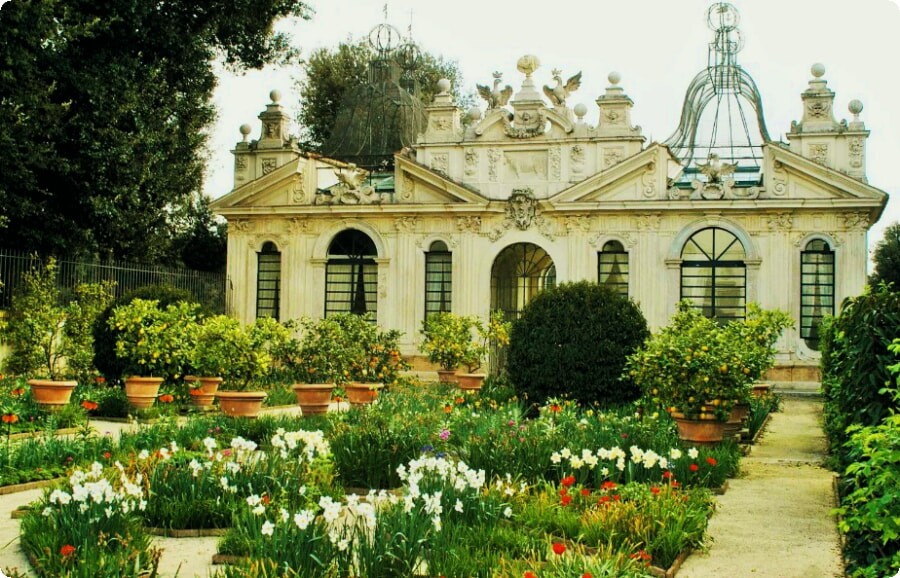
Borghese collection
The Galleria Borghese houses a substantial part of the Borghese collection of paintings, sculpture and antiquities, begun by Cardinal Scipione Borghese, the nephew of Pope Paul V (1605-1621).
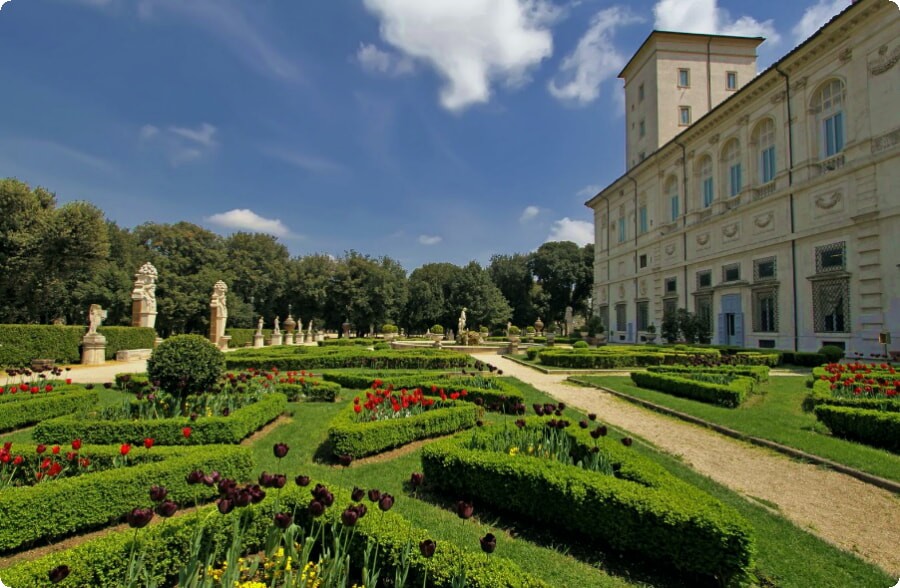
The villa was built between 1615 and 1618 for Scipione on the Pincian Hill in Rome as part of an extensive complex designed by Flaminio Ponzio. At first called "Villa Pinciana", but later changed to Villa Borghese (from the name of its new owner)., it gained its present name from its owner Marcantonio Flaminio (brother to Flaminia Ponzia), who bought it from Carlo Francesco Turchi in 1738 and added wings around four sides of its central courtyard.
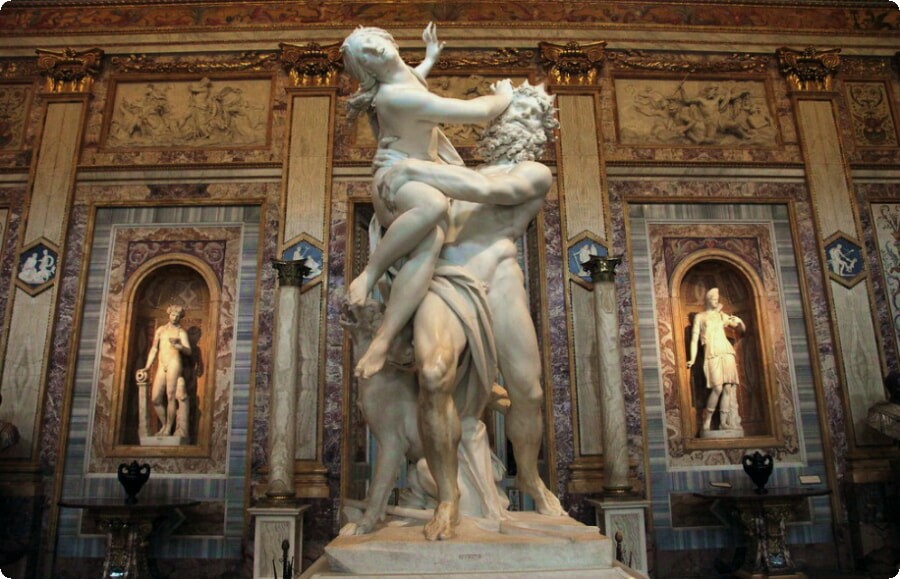
In 1749 he sold his land and villetta to Prince Marcantonio IV Mattei; then it passed into other hands until 1806 when Napoleon's brother Joseph Bonaparte sold it back again - this time without any additions - to Prince Camillo Borghese (1775-1832), who had married Princess Paolina Bonaparte in 1803.
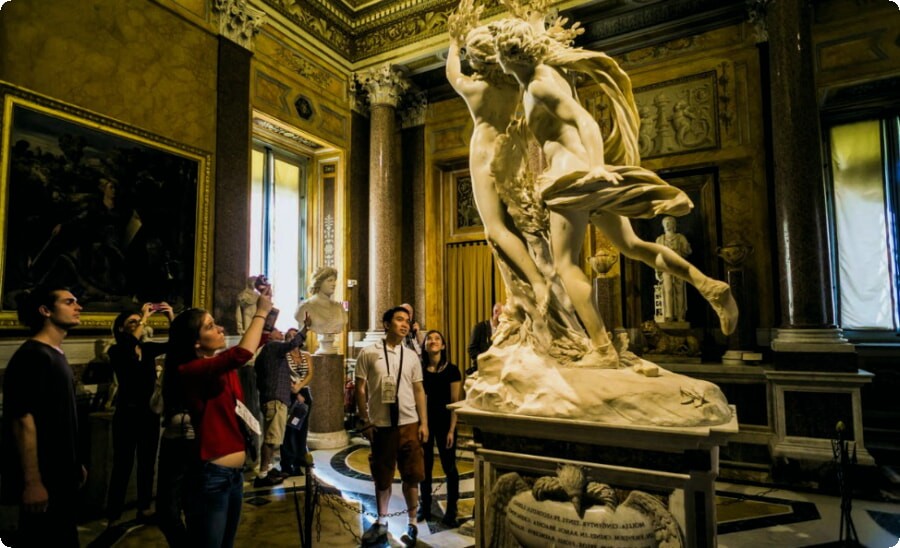
The rooms now open to the public housed the central management of the family and its economic activities. In this section of the palace, you'll find rooms that were used for entertaining guests, as well as others used for managing the family's business and finances. The Borghese also collected art, which was displayed throughout their home in many different ways (see below).
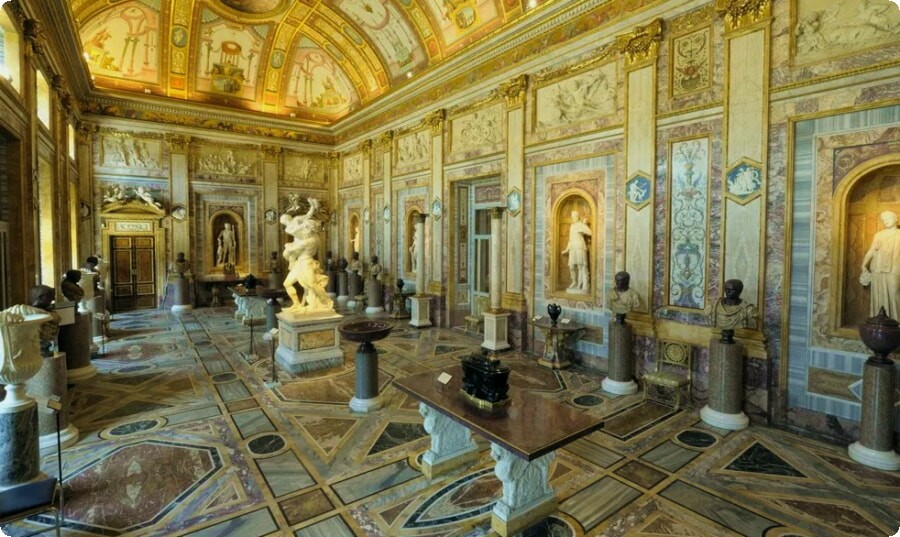
During their occupation of Rome in 1798-1800, the French troops appropriated this building for their headquarters. The Borghese family was forced to flee and they did not return until 1815. In 1816, the Villa Aldobrandini became an object of interest for Napoleon's sister Elisa who asked Pope Pius VII permission to buy it; he declined due to its high price tag but allowed her to rent it instead for an annual sum equivalent at that time (about $100). The villa remained in use by members of nobility until after World War II when it was sold off by Prince Camillo Ruspoli - last owner at that time - during his bankruptcy proceedings with Credito Italiano bank (now Intesa Sanpaolo).
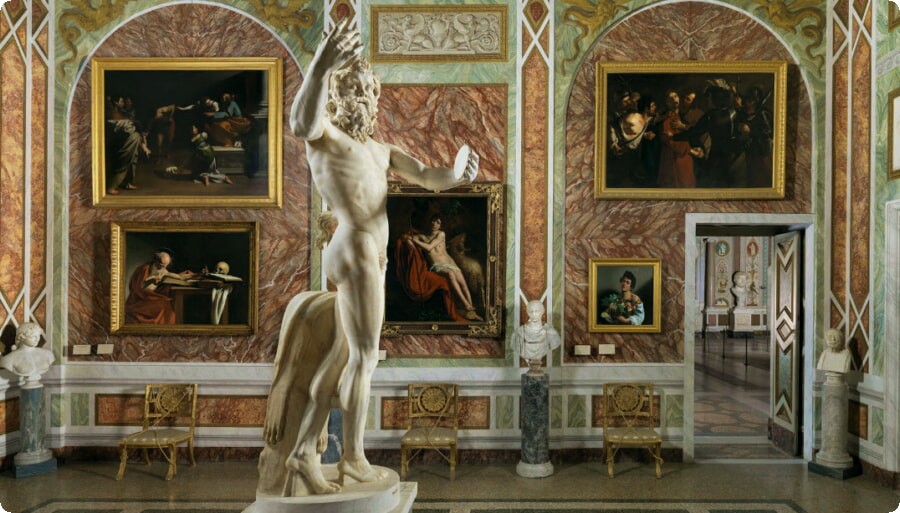
The Galleria Borghese boasts one of the world's most important collections of Roman sculpture and antiquities.
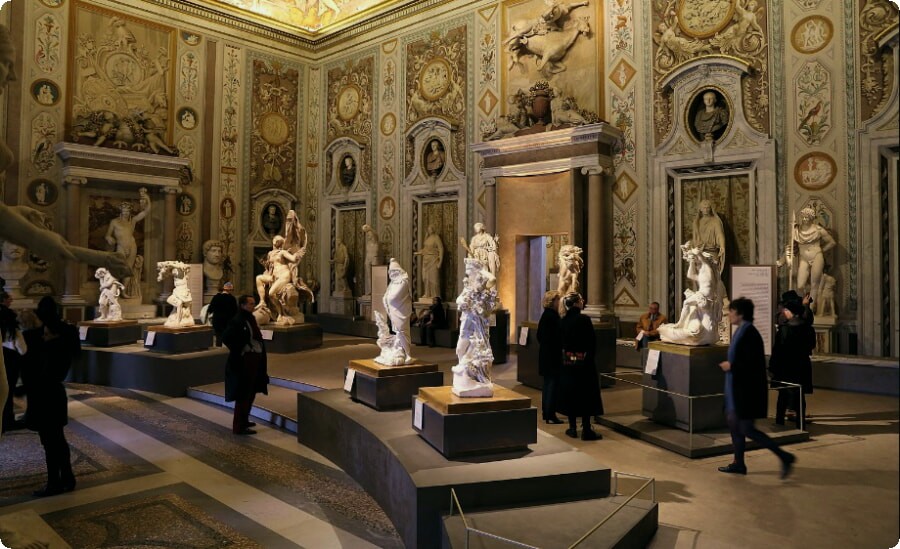
The collection includes major sculptures by Bernini as well as Caravaggio who was born nearby at Artena. Other artists represented include Raphael and Titian among others from both before and after their own time periods such as Giambologna whose statue 'Venus' stands out prominently from its position at the entrance to this famous palace museum with its white marble base contrasting against black velvet curtains behind which visitors can view other pieces within this vast repository for art lovers worldwide!